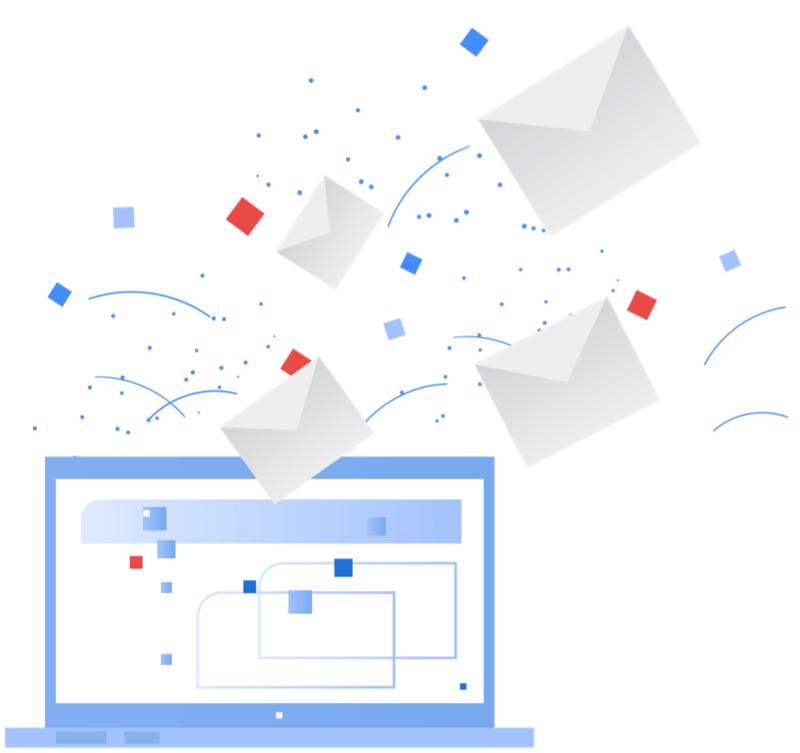Email Marketing Segmentation - Relevance and Engagement Unleashed
The most important reason to follow email list segmentation best practices is to make sure that your customers are receiving content they actually want and need from you. When emails don’t speak to the interests and needs of your subscribers, it can damage your sender reputation (the good news is that you can restore this reputation with every campaign you run).
By sending targeted content, email list segmentation helps improve your deliverability rates and builds a solid domain trust with your customers, making them less likely to move you into their spam folder.
More relevant emails have higher open rates and more clicks than generic campaigns, which can result in more conversions for your business. Creating specific email campaigns for specific audiences can also make them feel more valued and important, which is often the first step to building brand loyalty and increasing customer retention.
A common email segmentation strategy is based on the different stages of your customer’s journey with your brand. For example, frequent buyers might receive offers to cross-sell and upsell their products or services while one-time shoppers might be offered a free trial. Emails can also be tailored to specific demographic groups, such as age or location, to help you deliver highly personalized content.
You can even go as far as using psychographic information to create highly relevant and targeted campaigns, such as lifestyle, values, and beliefs. Do your customers consider themselves adventurous travelers, foodies living the high life, or scrappy college students? Use this type of data to send them branded content that resonates with their unique personality and attitude.
For instance, a New York-based clothing retailer can tailor their campaigns to match weather patterns and seasonal trends in the city.
They can also offer a more casual look to young adults while promoting more formal attire to older generations.
Creating a specific email campaign for your B2B and specialty clients is another common way to use email segmentation. Your business-to-business customers will not be interested in the same emails that your B2C subscribers are getting. For example, a marketing manager won’t care about a $5 off coupon you’re running or an influencer-hosted Instagram Live event but might be more interested in your business-exclusive tutorials and webinars.
You can start implementing email marketing segmentation right away by defining some of the key differentiating factors that separate your business’s customer base. If you have already collected this data, such as in your website forms, email automation workflows, or customer surveys, you can begin using these segments immediately.

Free Training
Learn How I Grow My Email List
Get Access To A Free 6-Part Video Training
My Recent Posts
All-in-One Sales Automation Platform
Check out my recent post on all-in-one sales and marketing tools and what I think of it.
Sales Funnels
Check out my recent post on sales funnels and what I think about them. Are they still worth it?

With a deep belief in God, I strive to teach others the skill sets of effective marketing. As a seasoned entrepreneur and digital marketing expert, I have made it my mission to help people succeed online from the comfort of their homes.
With years of experience in online business development and a keen eye for emerging trends, my passion for helping others achieve success is at the core of everything I do. I am dedicated to sharing my knowledge and expertise to help others achieve their goals and dreams.
DeAndre Jefferson
©Copyright 2024 My Secret Website Builder
2163 US Highway 8, Suite 100 - 4025
Saint Croix Falls, WI 54024
USA
